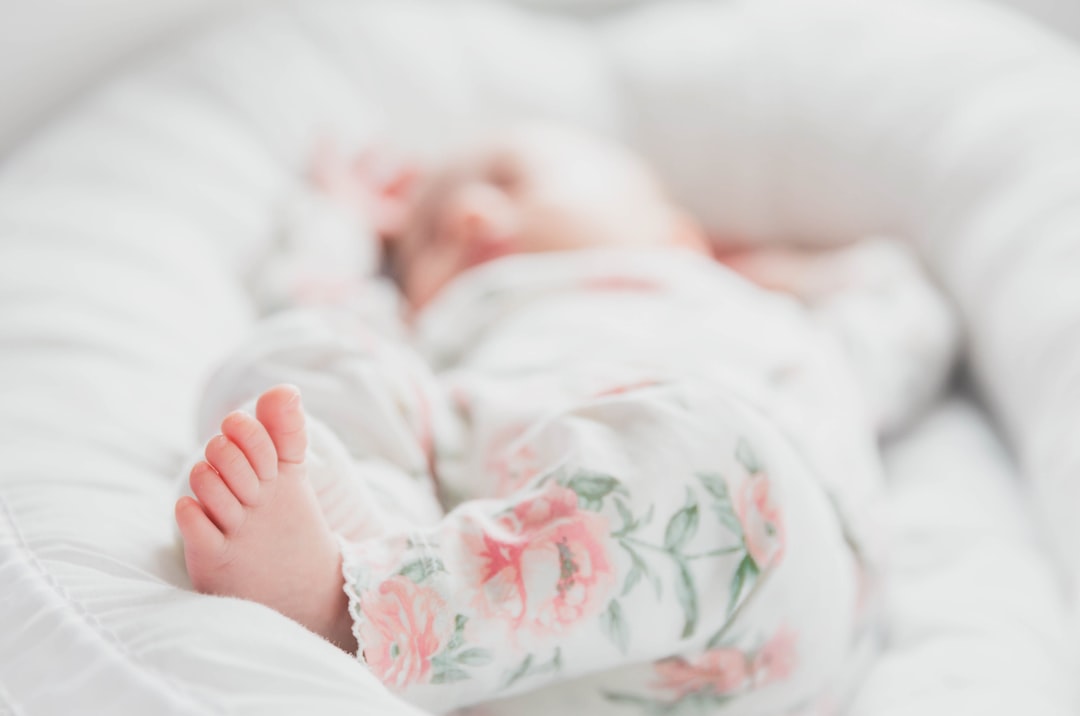Physical Milestones in the First Year of Life
The first year of your child’s life is marked with numerous physical milestones; from turning over to the initial attempts at crawling to the much-awaited baby’s first steps. Based on developmental trends, babies typically start walking around the age of 15 months, though it should be noted that each child’s pace varies substantially.
Walking: More Than Just a Physical Movement
Beyond the physical aspect, walking is a symbol of independence and a fresh method for interacting with the world around them. When babies start walking independently, it allows them to explore and interact with their surroundings in novel ways, unlocking endless possibilities.
Preparatory Milestones Before Walking
To understand your baby’s first steps, it is essential to be aware of the developmental stages that precede walking.
- Sitting Up: At approximately 6 months old, your baby starts figuring out how to use their torso muscles to sit without any support.
- Pulling to a Stand: The timing varies but many babies begin to pull themselves up to stand around the age of 10 months.
- Cruising: Though the age varies, babies begin to move around using furniture for support.
- Walking: The final piece of the puzzle involves learning to lift off with one foot while balancing on the other.
The Process of Learning to Walk
Each baby achieves this milestone at a unique pace, with the process typically kicking into gear between 9 and 15 months.
How To Support Your Baby’s First Steps
If your baby is a bit too comfortable with crawling and isn’t keen on standing up, there are ways you can motivate them.
- You can create an environment that encourages them to cruise while holding onto steady objects like a sofa or couch.
- Offering a push toy may entice them to move around. It’s important to note, however, that push toys are different from baby walkers, which are considered dangerous.
- Putting toys slightly out of their reach will encourage them to extend or bend down to get them.
- Provide verbal encouragement and praises to boost their confidence.
Understanding Variable Walking Timeline
Every child is unique in their developmental journey and the time they take to start walking varies. Personality and birth order play crucial roles, with risk-takers often making an early move into walking while cautious children typically prefer waiting until they are confident.
How Health Conditions Could Influence Timelines
Aside from personality, health factors like ear infections can throw off a baby’s balance, leading to walking delays. If a child is 16 months or older and has yet to walk, a pediatrician may inquire about illnesses.
Preparing Baby’s Feet For The Outdoors
Once your little one is ready to walk outside, it’s time to pick the appropriate footwear. Look for shoes with flexible soles – the type that you can fold in half. Of course, good traction is also essential.
When to Reach Out to a Health Care Provider
While babies develop at varying paces, if your child hasn’t taken their first steps by 18 months, do consult a pediatrician or health care provider for further advice and guidance.
Frequently Asked Questions (FAQs)
- When do most babies start walking?
- Most children start taking their first steps around the age of 15 months, though this can vary significantly from child to child.
- What factors can influence when my child starts walking?
- Factors such as personality, birth order, health conditions, and even motivation to imitate older siblings can influence when a baby starts to walk.
- How can I encourage my child to walk?
- There are many ways to encourage your child to walk, including creating an exciting environment, offering push toys, placing toys just out of reach, and providing verbal reassurances and praises.

